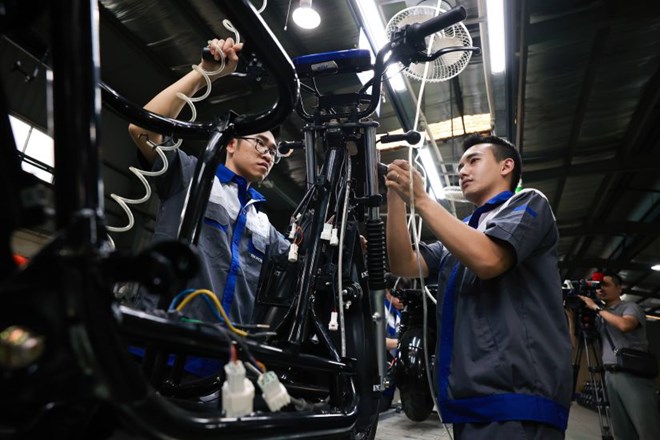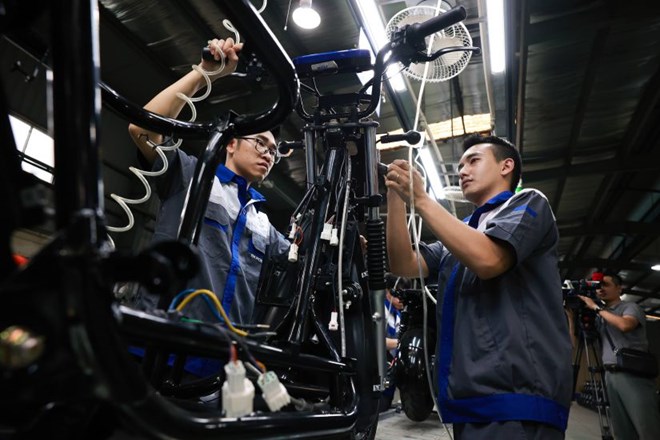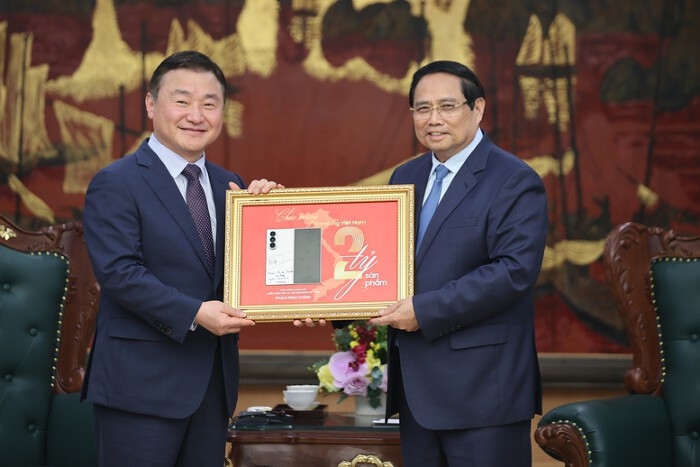“The total registered FDI capital reaching USD 21.52 billion shows that Vietnam is making a strong recovery and remains an attractive destination amid increasingly fierce regional competition,” Assoc. Prof. Dr. Nguyễn Thường Lạng, an economic expert, emphasized in an interview with Lao Dong Newspaper.

Sir, in the first half of 2025, Vietnam’s total registered foreign direct investment reached USD 21.52 billion. What is your assessment of this figure?
In the first six months of 2025, Vietnam achieved a major milestone in attracting foreign direct investment (FDI) with total capital reaching USD 21.52 billion, up 32.6% year-on-year. This is the highest level since 2009, signaling a strong recovery and a positive trend for Vietnam in retaining and attracting foreign investors amid intensifying regional competition.
Implemented FDI in Vietnam during the first half of 2025 was estimated at USD 11.72 billion, an increase of 8.1% compared to the same period last year. This is the highest level of implemented FDI for the first six months in the past five years. This figure is not only impressive statistically but also reflects qualitative improvements and effectiveness in Vietnam’s investment environment.
The FDI results from the first half of 2025 demonstrate positive shifts in policy, internal capacity, and investor confidence in Vietnam’s investment environment. One of the key factors highly appreciated by the international investment community is Vietnam’s vigorous reforms in institutions, legislation, and administration, aimed at creating a fair and transparent playing field. Efforts to simplify investment procedures and shorten licensing time have greatly facilitated foreign investors.
In the first half of the year, adjusted capital increased by USD 8.95 billion, 2.2 times higher than the same period last year. What does this number indicate, in your opinion?
In the first six months of the year, in addition to new registrations, adjusted capital for ongoing projects reached USD 8.95 billion, 2.2 times higher than the same period in 2024. This reflects strong confidence and long-term commitment by foreign investors to Vietnam’s business environment. Many investors are not stopping at merely entering the market—they are expanding operations and increasing capital, signaling strong belief in both the investment climate and Vietnam’s medium- and long-term economic prospects.
Among the additional registered FDI capital, the processing and manufacturing industry attracted USD 10.57 billion, accounting for 57.9% of the total new and additional registered capital; real estate activities reached USD 4.84 billion, making up 26.5%; and other sectors received USD 2.84 billion, accounting for 30.6%. This indicates long-term investor confidence, especially in manufacturing and high-tech sectors. This trend is expected to continue in the second half of the year as many existing enterprises expand factories, upgrade technology, and shift towards green, sustainable production models to meet global export and ESG standards.
What is your forecast for foreign investment inflows into Vietnam in the second half of 2025?
It is forecasted that in the second half of the year, adjusted capital flows will remain the key driver, as foreign companies expand production, upgrade technology, and scale up operations. Meanwhile, new registrations—which often serve as a gauge of investment environment attractiveness—may grow more slowly in the short term. This slowdown stems from ongoing global trade uncertainties, high interest rates in developed economies, geopolitical tensions, and a general trend of capital returning to safer markets. Nevertheless, Vietnam retains its appeal to international investors thanks to its political stability, open economy, young workforce, and extensive network of free trade agreements.
In my view, high-tech and electronics will continue to be top-priority sectors. With the expansion of semiconductor and electronic component production lines, Vietnam is gradually establishing itself in the global supply chain. Renewable energy is another key area. New government regulations, coupled with the national commitment to carbon neutrality by 2050, have paved the way for greater development of wind, solar, and biomass power projects…
The FDI picture for the second half of 2025 holds many promising elements—provided Vietnam capitalizes on its existing advantages, maintains macroeconomic stability, and remains steadfast in institutional reforms. In the increasingly fierce race to attract global capital, choosing the right direction and prioritizing quality, high-tech, and sustainable investment will help Vietnam become not just a destination, but a long-term haven for global corporations.
– Thank you very much!






